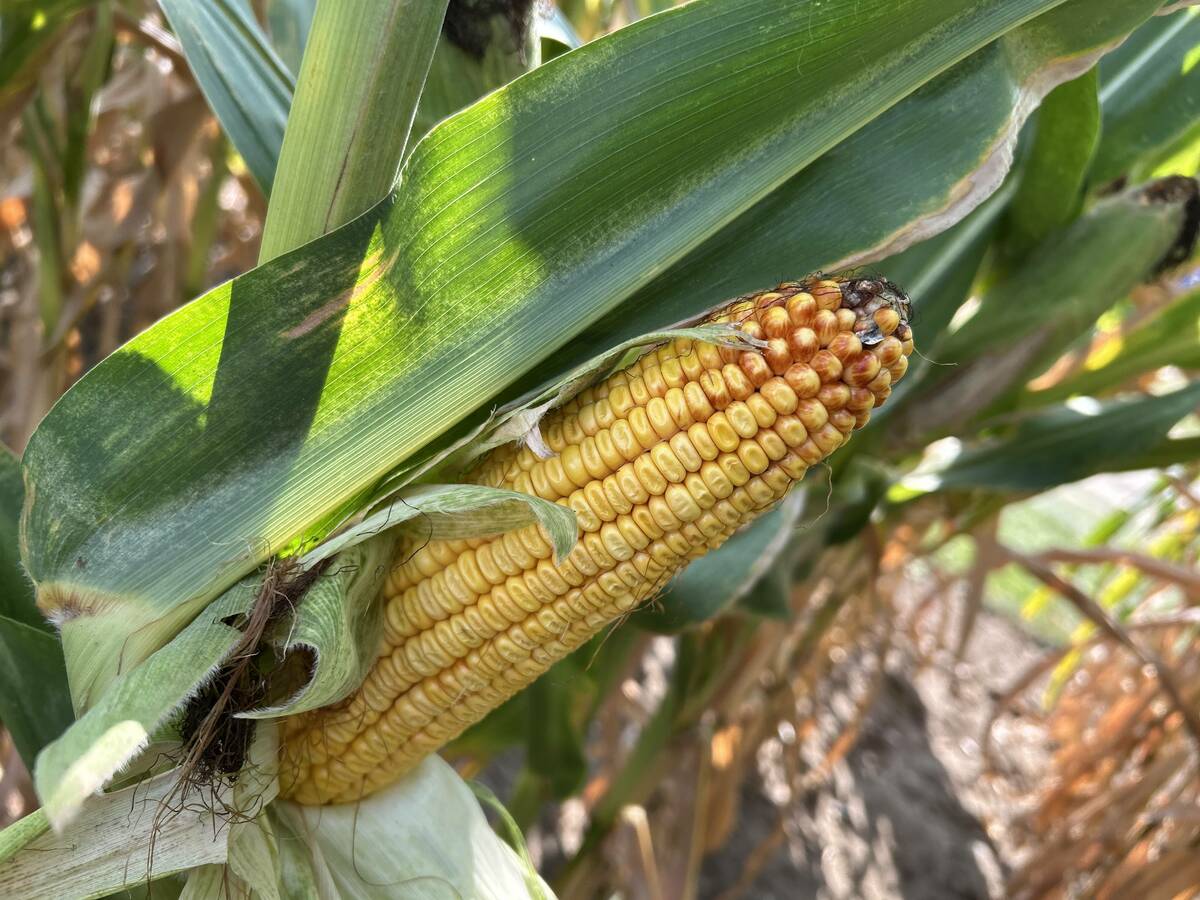Think-tank says the new Growing Forward may not address volatile pricing risks
The new Growing Forward agricultural policy deal is receiving mixed reviews from the George Morris Centre.
The policy framework, which cuts safety net spending and directs some of the savings to innovation research and programming, is slated to take effect April 1.
The Guelph-based think-tank said in a report published last week that the changes are “bold and positive” but also a gamble if market and price conditions worsen and farmers find programs inadequate. The changes could end up costing governments more in less predictable payments, it added.
Read Also

Crop estimates show mixed results
Model-based estimates used by Statistics Canada showed the 2025/26 crop year has seen increases in canola, corn for grain, oats and lentils production while seeing dips in spring wheat, durum wheat, soybeans and barley in comparison to 2024/25.
The centre’s executive director Bob Seguin also complained that a major flaw in the agreement is that ministers have not included a way to assess whether investments in non-business risk management programs are effective in meeting innovation goals.
Seguin, a former senior official with the Ontario agriculture ministry, generally gave the federal and provincial agriculture ministers good marks for deciding to take advantage of high commodity prices to trim expenditures, reduce coverage under existing business risk management programs and put more em-phasis on innovation.
The deal that ministers struck in Whitehorse in mid-September was based in part on an optimistic view of strong agricultural economies into the future, as well as pressure from governments to cut costs.
“These are bold and positive moves — and prudent ones,” Seguin wrote.
“(But) there are real risks that the pricing environments facing Canadian producers are more volatile than anticipated and it is unclear if the revised BRM programming will adequately address such risks and meet producer expectations.”
Seguin said the test could come as early as next year if hog industry losses continue and crop prices fall as some analysts predict.
“If the market outlooks for 2013 and beyond do not fall in line with earlier estimates of more optimistic outlooks, then lower coverage levels will be seen to be less favourable to participants, will discourage program participation or lead to much higher costs to the governments despite program changes,” he wrote.
Another possibility is that the new program framework “could be replaced with either ad hoc programs or revisions to address stakeholder concerns.”
In fact, farm leaders and opposition politicians predicted after the Whitehorse agreement that sharp reductions in AgriStability coverage and government contributions to AgriInvest could lead to more farmer demands for ad hoc or emergency aid, which is the funding instability pattern that ministers were trying to get away from when they first sketched out the principles of Growing Forward in 2001.
Seguin also argued that governments should make more of an effort to develop transparent measurement tools to assess the success of non-BRM program spending on improving industry productivity.
He called it a “key policy and program gap” that exists in the current agreement.
“There continues to be little clarity on the key results from these initiatives and insufficient (or completely lacking) measurement of them to test and inform participants and governments if the desired results were achieved,” he said. “At present, the de facto measure of success is whether the program budgets were spent.”














